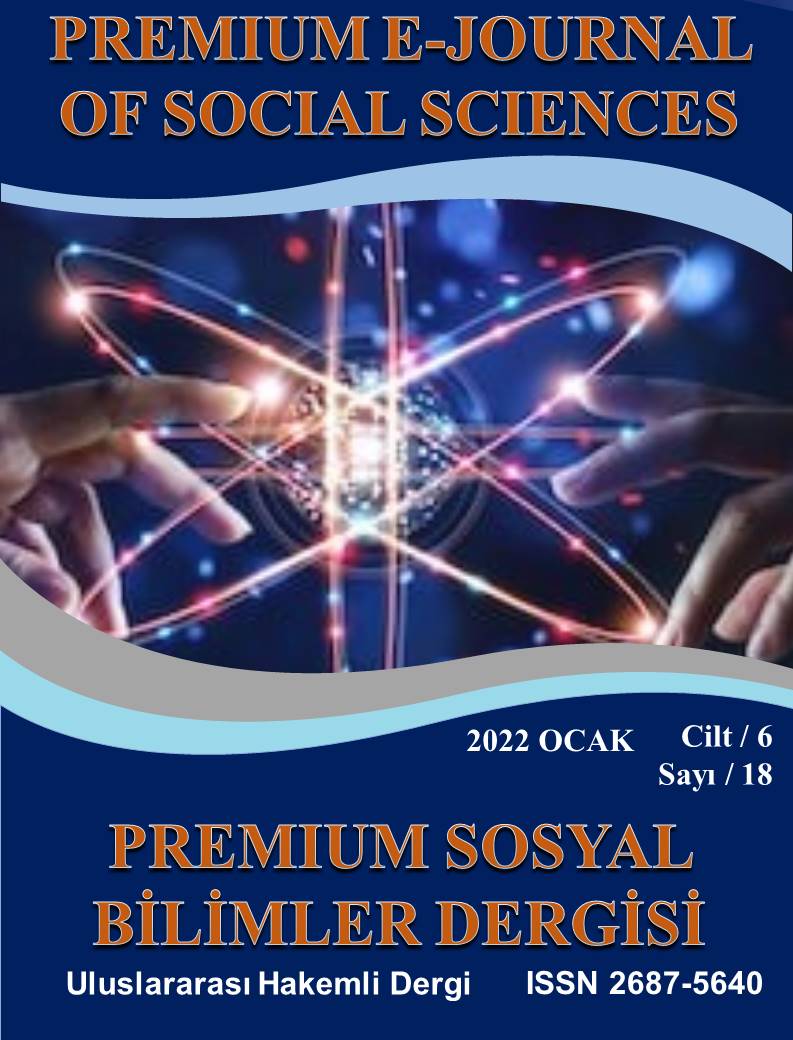AN ANALYSIS OF THE ISOPSEPHIC POEMS IN VASIK-ZADE ERŞED’S DIVAN
DOI:
https://doi.org/10.37242/pejoss.2219Keywords:
Ersed, isopsephy, isopsephic poems, abjad numeralsAbstract
"Abjad numerals" is a system used to date events that are considered important by people with poetry, and each letter has a numerical equivalent. The word abjad is the first of eight meaningless words produced to make it easier to memorize the numerical equivalents of the letters in the Arabic alphabet. In Ottoman poetry; It has become a tradition to use the abjad numerals to reveal the history of many important events such as appointment, birth, death, and the construction of architectural structures. The basis of the art of "isopsephy" in Ottoman poetry is the abjad numerals.
Isopsephy; it is a literary art made by adding the numerical values of the letters in words, verses, couplets or clauses indicating the time of an event. Usually the desired date is specified in the last verse. The isopsephy are written for almost every event that could be considered important to its author. There are multiple ways to isopsephy. Among the classical Turkish poets, such poets as Hizir Bey, Adem Baba, Bursali Haşimi, Sururi and Antepli Ayni are the poets that come to the fore in terms of isosephy. Erşed, one of the poets of the eighteenth century, has 28 isosephic poems in his Divan. In this study, for the first time, the isosephic poems found in Erşed's Divan; subject, genre, method and time will be examined in various aspects and the information obtained will be supported with numerical data to contribute to the world of literature.
Downloads
Downloads
Published
How to Cite
Issue
Section
License
Copyright (c) 2022 Premium e-Journal of Social Science (PEJOSS)

This work is licensed under a Creative Commons Attribution 4.0 International License.


